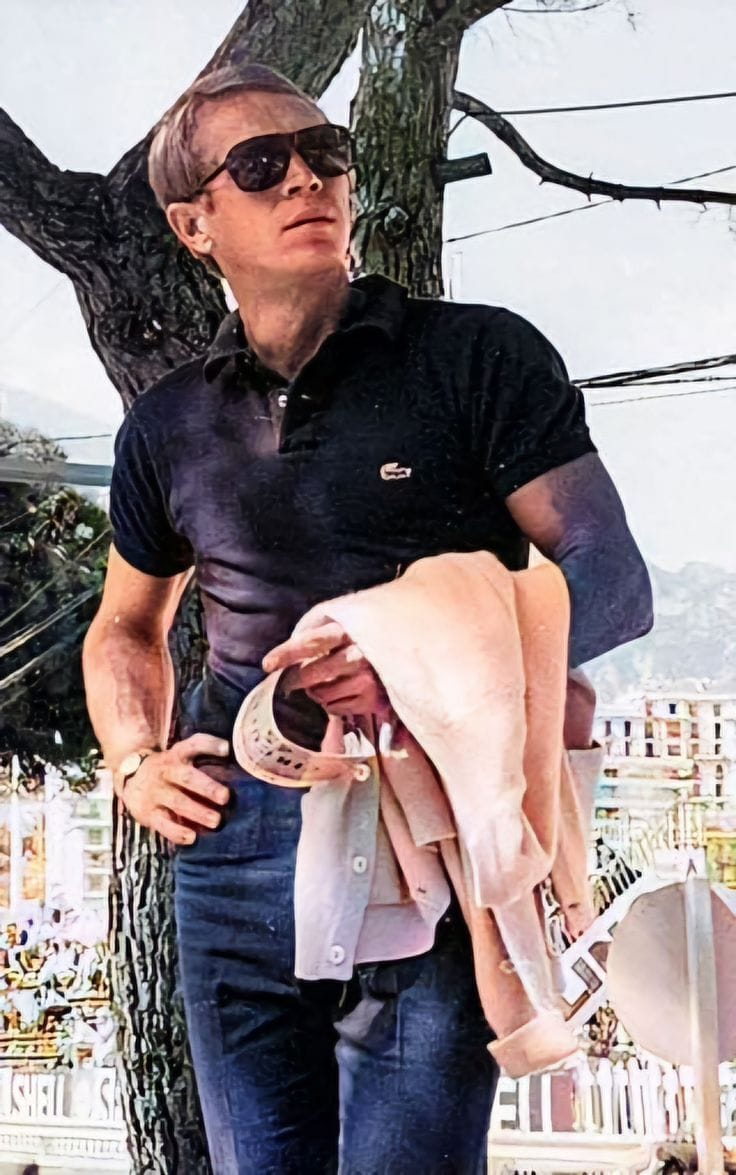René Lacoste, the man behind the Polo Shirt
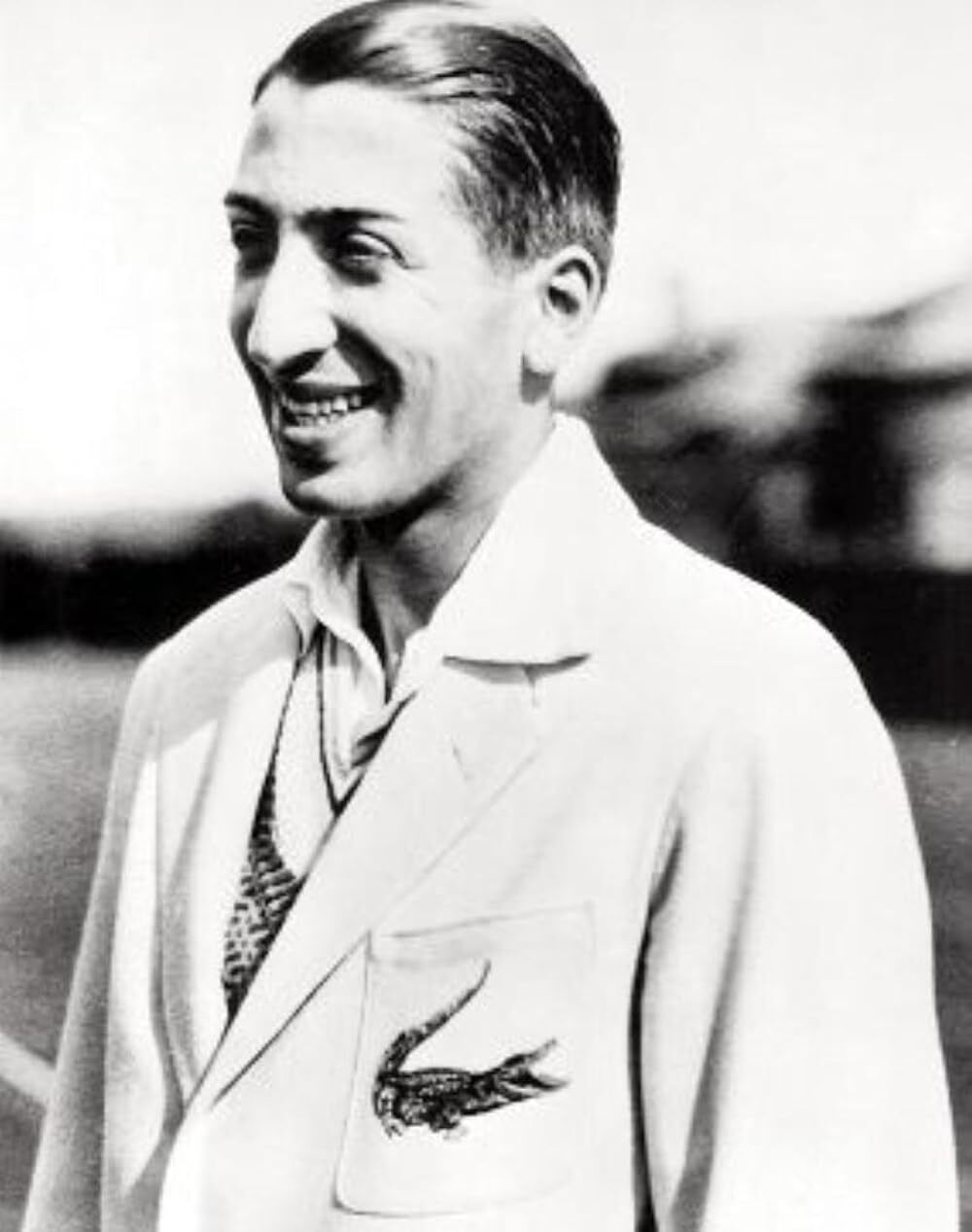
Few sportsmen have left as neat a sartorial footprint as René Lacoste. A French champion of the 1920s, a winner of multiple Grand Slams, and a Davis Cup star. Lacoste brought the same clarity to his wardrobe that he did to his backhand: purposeful, pared-back, and performance-minded. But there was one problem, tennis was still a very formal affair with players in long sleeved shirts. He didn’t like playing in the long-sleeve shirts with stratched collars. He felt the typical outfit of his day and age held him back.
The rules and etiquette of the sport favored a polished look, but the clothing was simply impractical for modern athletic movement. It’s precisely this mismatch, etiquette versus function, that set the stage for Lacoste’s quieter revolution.
The new Tennis Shirt
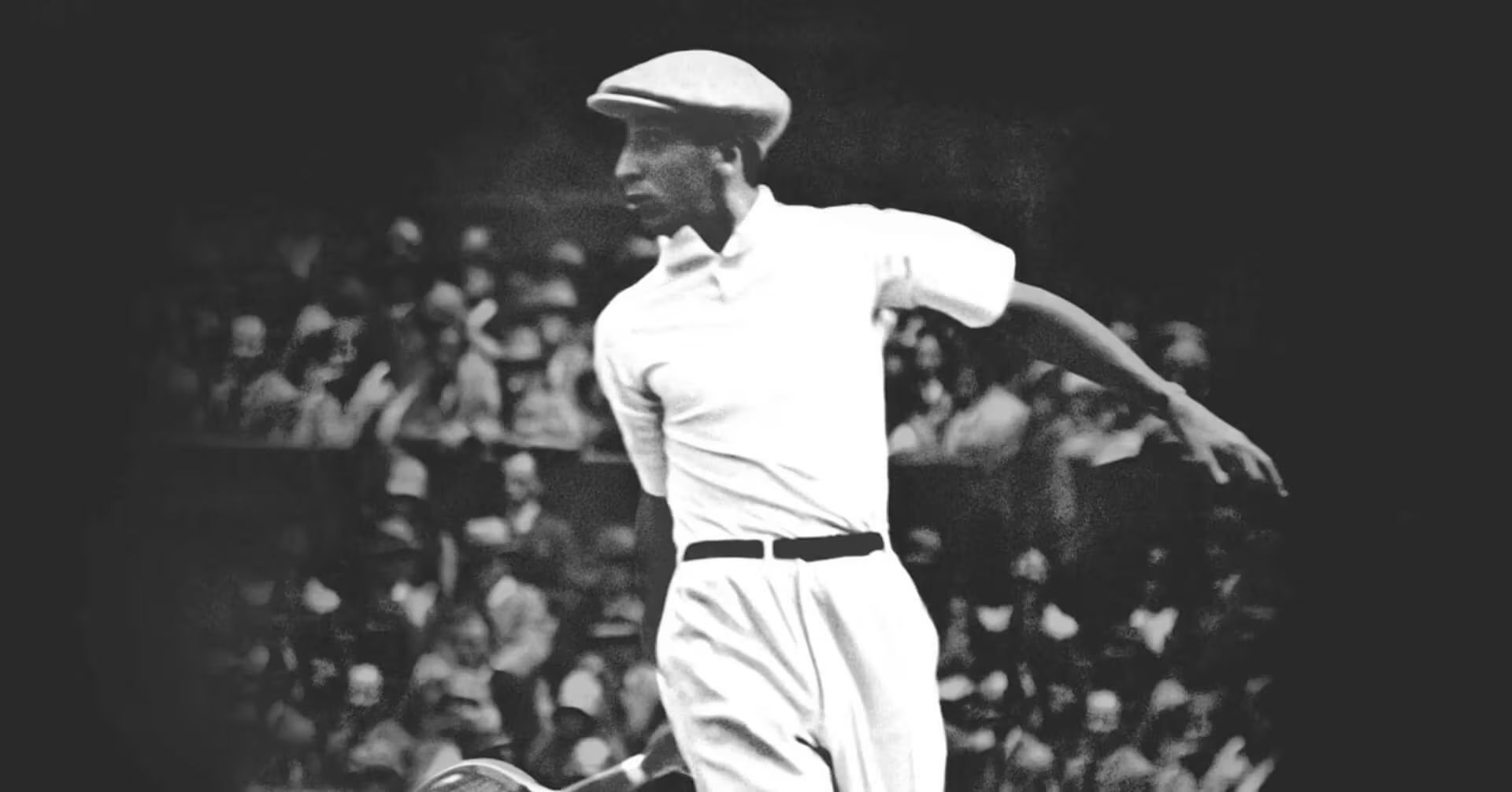
Lacoste’s solution was elegant in its simplicity: a short-sleeved, soft-collared shirt cut from a breathable, textured knit. The cotton piqué, with a short button placket, created a much more desirable sportswear for René. The shirt was deliberately un-starched and unstructured where it mattered, allowing a player to move freely while retaining a smart silhouette. It was less about ornament and more about function dressed as refinement.
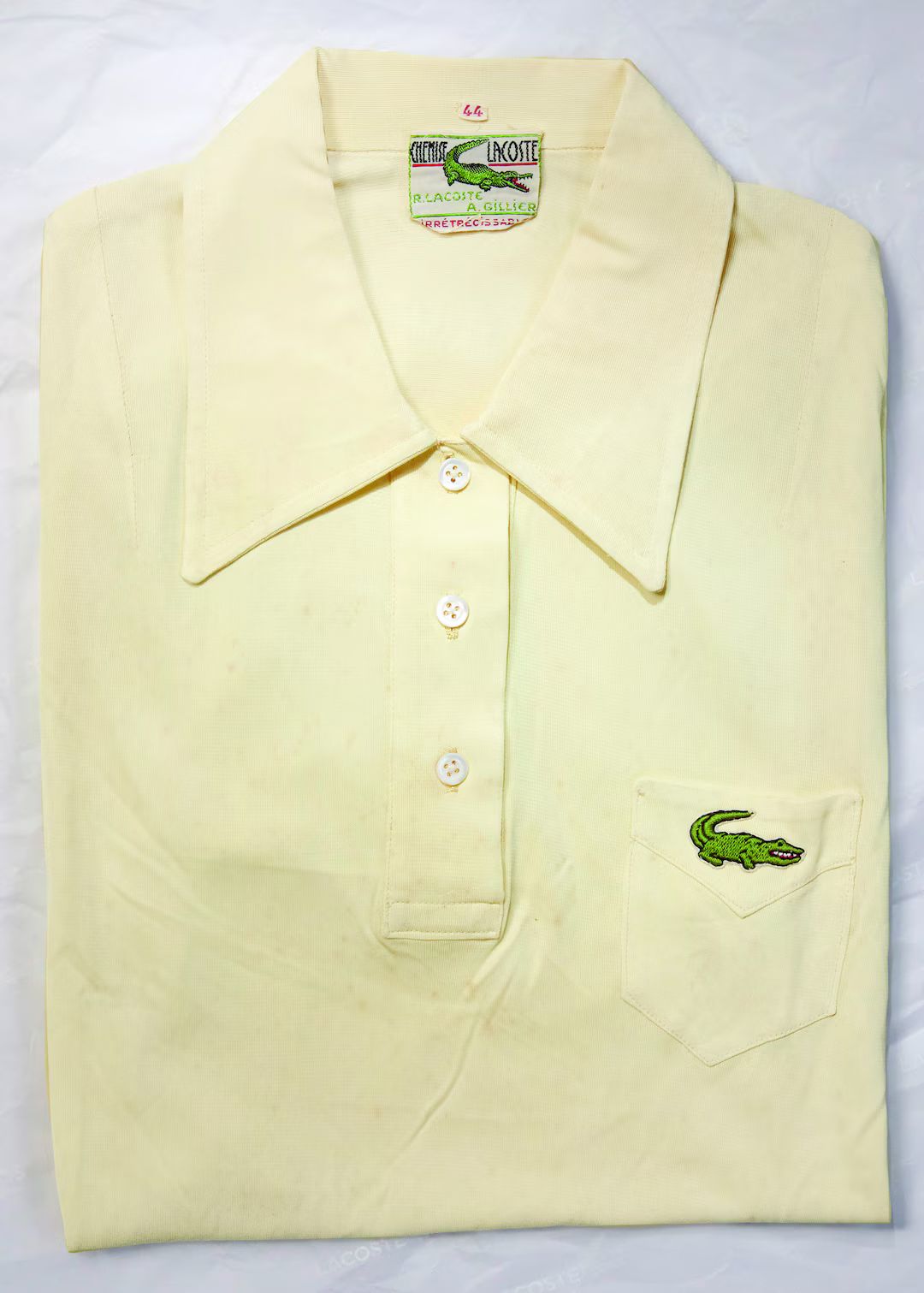
The choice of piqué was no accident. The weave gives the fabric a subtle texture and natural breathability: lightweight, durable, and more refined than a loose jersey, but softer and more practical than the heavy flannels of the past. By pairing form and fabric, Lacoste created a shirt that worked for sport and looked good off the court. An especially powerful combination for an age that prized both manners and modernity.
The Tennis Shirt's Entry Into the World of Polo
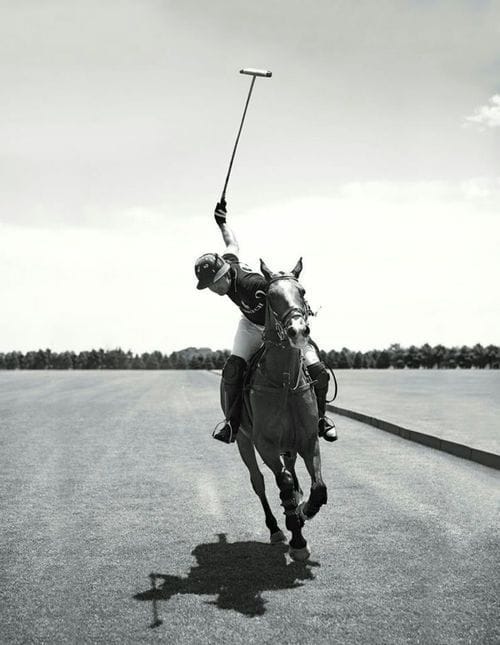
Ironically, the “polo shirt” as most of us imagine it today owes more to tennis than to polo. Lacoste’s shirt quickly traveled beyond the white courts: its ease, neat collar, and breathable knit made it attractive to other sportsmen, polo included, and to leisure culture at large. Polo players and country-club set adopted the shirt for its comfort and polish, and from there it filtered into university quads, yacht clubs, and the growing mid-century leisure wardrobe. But to make it work for polo, one crucial adaptation was made. In tennis, you're not leaning too much. But in Polo, you're sitting high up on a horse leaning down to reach the balls. That made the shirt get untucked. So Polo shirts were made longer in the back to keep tucked in when leaning over. Still today, this is the clear identifier if you have a Tennis shirt or a Polo shirt.
The Polo shirt in movies and TV
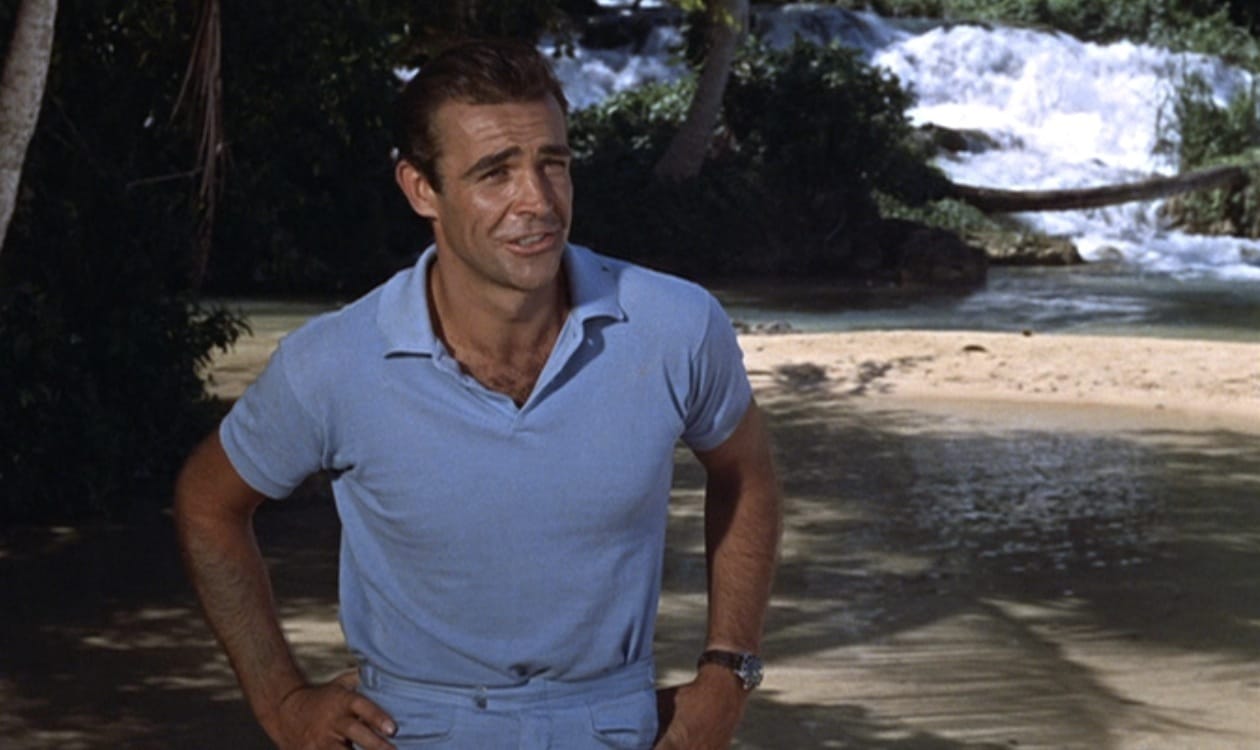
The polo shirt’s clean, active elegance made it a natural costume choice for screen characters who needed to look capable, casual, and quietly stylish. You’ll find it draped across icons, from Sean Connery’s light-blue polo in Dr. No to Steve McQueen’s worn polos and the many politicians and screen presences who used the shirt as shorthand for effortless authority. Even James Bond returned to the polo in later adaptations: producers and costume designers have repeatedly leaned on the shirt when a character must move, act, and remain impeccable. The shirt’s appearances on screen helped cement its cultural position: not merely sportswear, but a uniform for the relaxed leading man and the stylish everyman alike.
